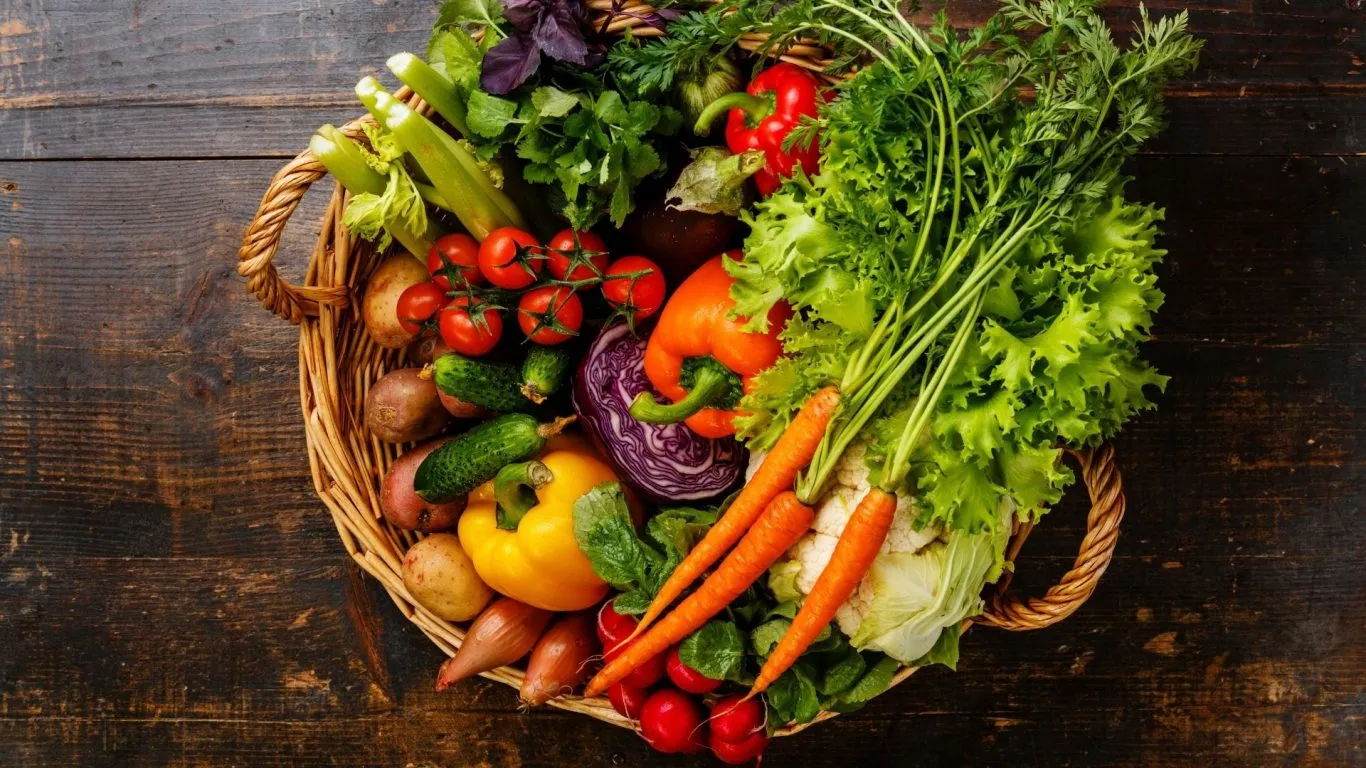



Article by: Hari Yellina
To compensate for on-farm losses and rising input costs, prices are projected to continue to rise. Rural Australians can pay up to three times more for various commodities than city people due to freight costs and retail monopolies. Some Australians are finding it difficult to buy fresh fruit, vegetables, and meat as food costs continue to climb. According to researchers, isolated populations are the hardest hurt by rising food prices. Many businesses have no choice but to pass on rising costs to their customers. Natasha Loftus, an IGA employee, has seen prices rise by roughly 15% in the last few months. She stated that there were other goods, such as lettuce and broccoli, that they simply did not order any longer – either because they had become obsolete or because they had gotten too expensive.
This week, lettuce prices in shops around the country soared to $12. A few years ago, a couple realised that the fruit and vegetables they bought no longer tasted nutrient-dense. As a result, the pair desired to help the community. Mr. Higgins quit his career as a plumber, and Ms. Higgins quit her job as a teacher to follow their shared green passion. “We wanted to build the community by having a place where individuals could come with their families and learn and contribute,” Higgins explained. “It’s good for you to get outside and get your hands filthy, and I think it’s also essential to show your kids where their food comes from.”
The two started their company with the goal of encouraging people to buy local products and develop their own gardens. The message arrived at a critical time, they argued, as grocery prices continued to rise with no end in sight. Karlie Bell helps with her husband and two sons, ages nine and five. She described it as a beneficial technique to teach kids about the origins of their food. “It’s about understanding about food’s origins and how to grow,” Ms Bell explained. “We imagined that if we came here, we would be motivated to cultivate more vegetables at home. “It also builds a relationship with the grower, allowing us to contribute via our own efforts and rely on them when needed.